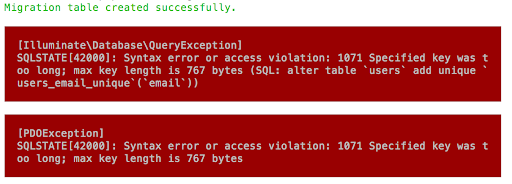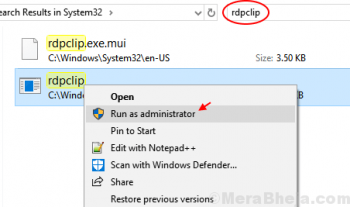Vivaldi is a feature-rich, next-generation web browser application based on the powerful and open-source Chromium project, from which the popular Google Chrome web browser is derived. The application is freely distributed and cross-platform, created by the former CEO of Opera Software, built using modern Web technologies like React, JavaScript, Node.js, and more.
Here at Ibmi Media, as part of our Server Management Services, we regularly help our Customers to perform related Software Installation queries on Linux systems.
In this context, we shall look into how to install the Vivaldi Browser on CentOS 8.
Steps to install Vivaldi Browser on CentOS 8
1. Perform system update
First, let's start by ensuring your system is up-to-date;
$ sudo dnf update
$ sudo dnf install dnf-utils2. Install Vivaldi Browser on the system
Now we add a new Vivaldi repository:
$ sudo dnf config-manager --add-repo https://repo.vivaldi.com/archive/vivaldi-fedora.repoOnce the repository added, install Vivaldi Browser using the following commands:
$ sudo dnf install vivaldi-stableYou'll also be asked to import a GPG key for package signing during installation:
Importing GPG key 0x4BMWAA3D6:
Userid : "Vivaldi Package Composer KEY05 <packager@vivaldi.com>"
Fingerprint: B44B 46E3 E1A6 366B FC79 D331 9658 E804 4A3A A3D6
From : https://repo.vivaldi.com/archive/linux_signing_key.pub
Is this ok [y/N]: yHow to access Vivaldi ?
Once successfully installed, open the Vivaldi web browser from CentOS Dash or Terminal. Run "vivaldi" command in Terminal. (without quotes):
$ vivaldi[Need assistance in installing Software on your Linux system ? We can help you. ]
Conclusion
This article covers the process of installing Vivaldi Web Browser on CentOS 8 systems. In fact, Vivaldi web browser is created for speed, privacy and secure browsing experience by blocking ads and trackers.
This article covers the process of installing Vivaldi Web Browser on CentOS 8 systems. In fact, Vivaldi web browser is created for speed, privacy and secure browsing experience by blocking ads and trackers.











